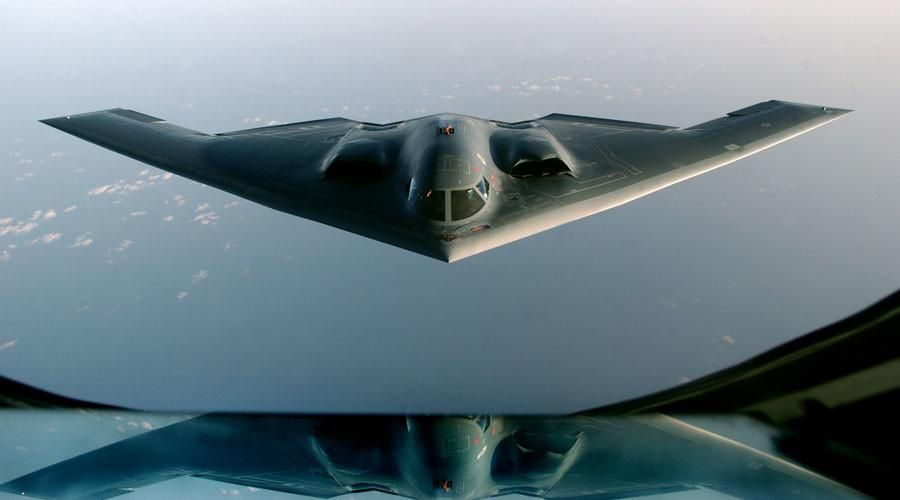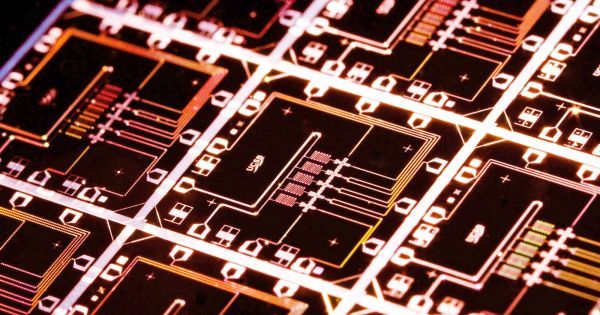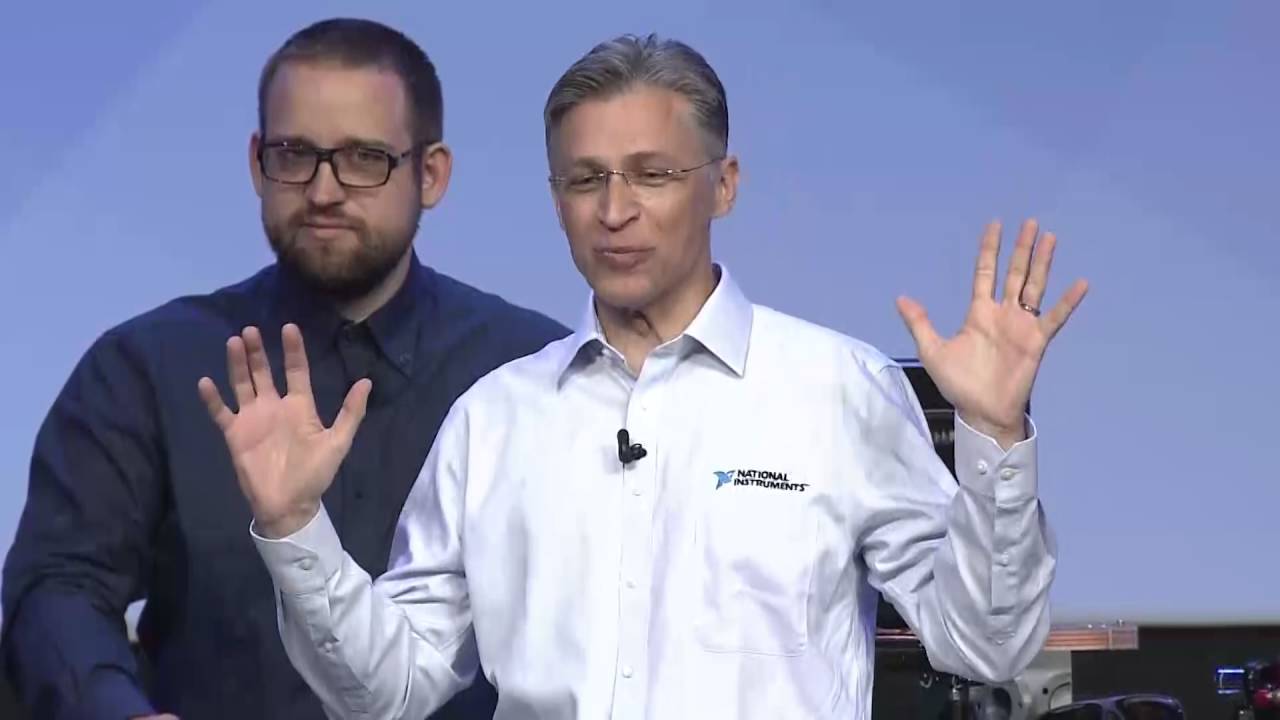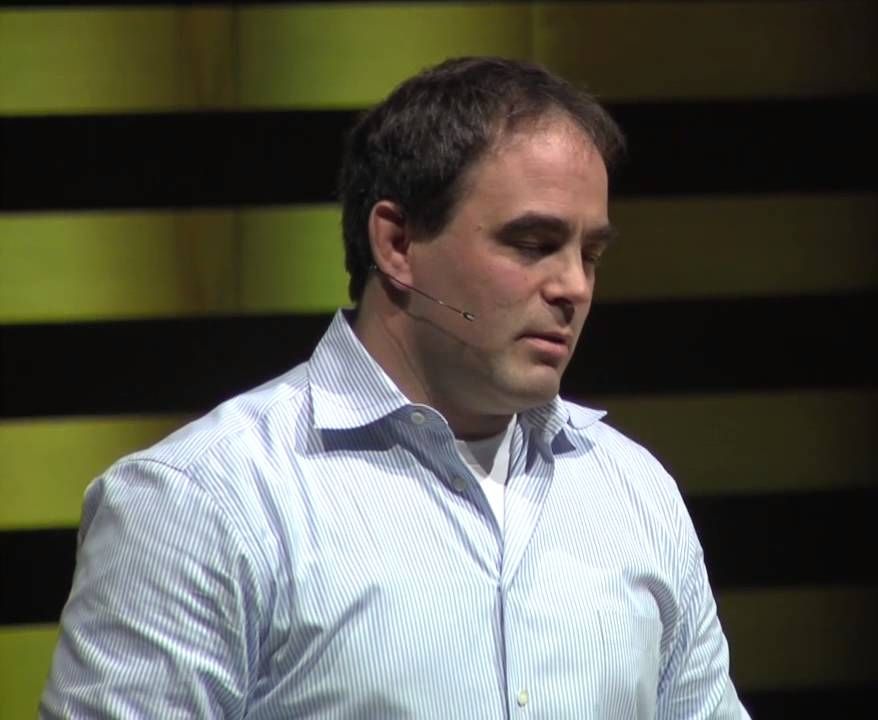Sep 8, 2016
INGLES: China says it has stealth-defeating quantum radar
Posted by Karen Hurst in categories: electronics, quantum physics
Hmmmm.
Read more China receives first data from unique ‘hack-proof’ quantum satellite The first Chinese quantum radar was developed by the Intelligent Perception Technology Laboratory of the 14th Institute in CETC, according to Xinhua news agency. CETC stands for Electronics Technology Group Corporation, a defense and electronics firm.
The radar was tested in mid-August, Xinhua said in a Thursday report.
Continue reading “INGLES: China says it has stealth-defeating quantum radar” »
















